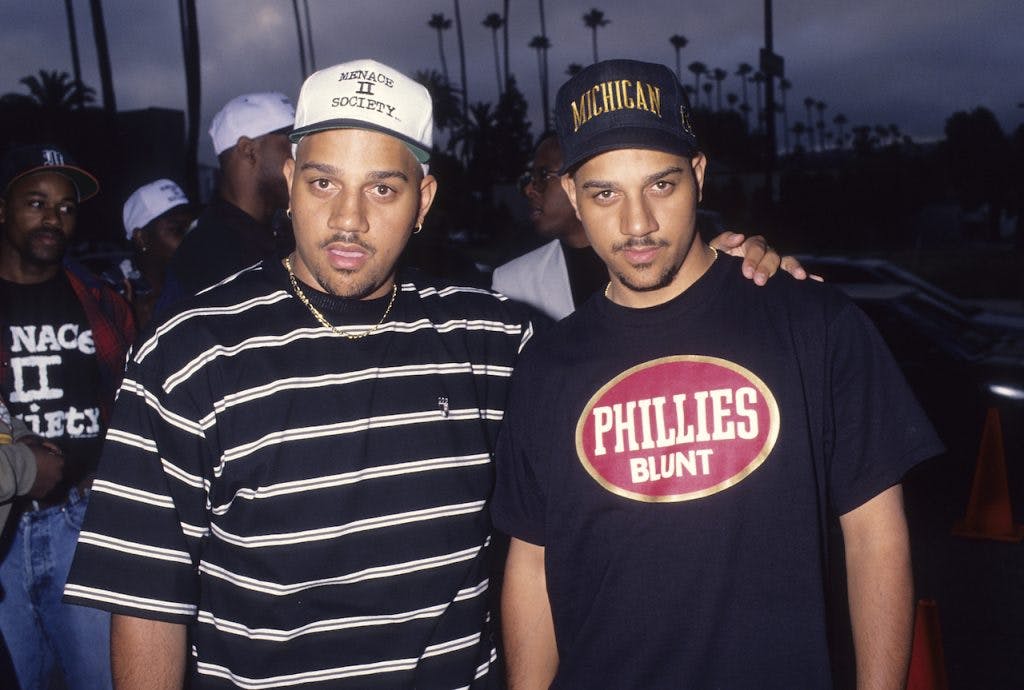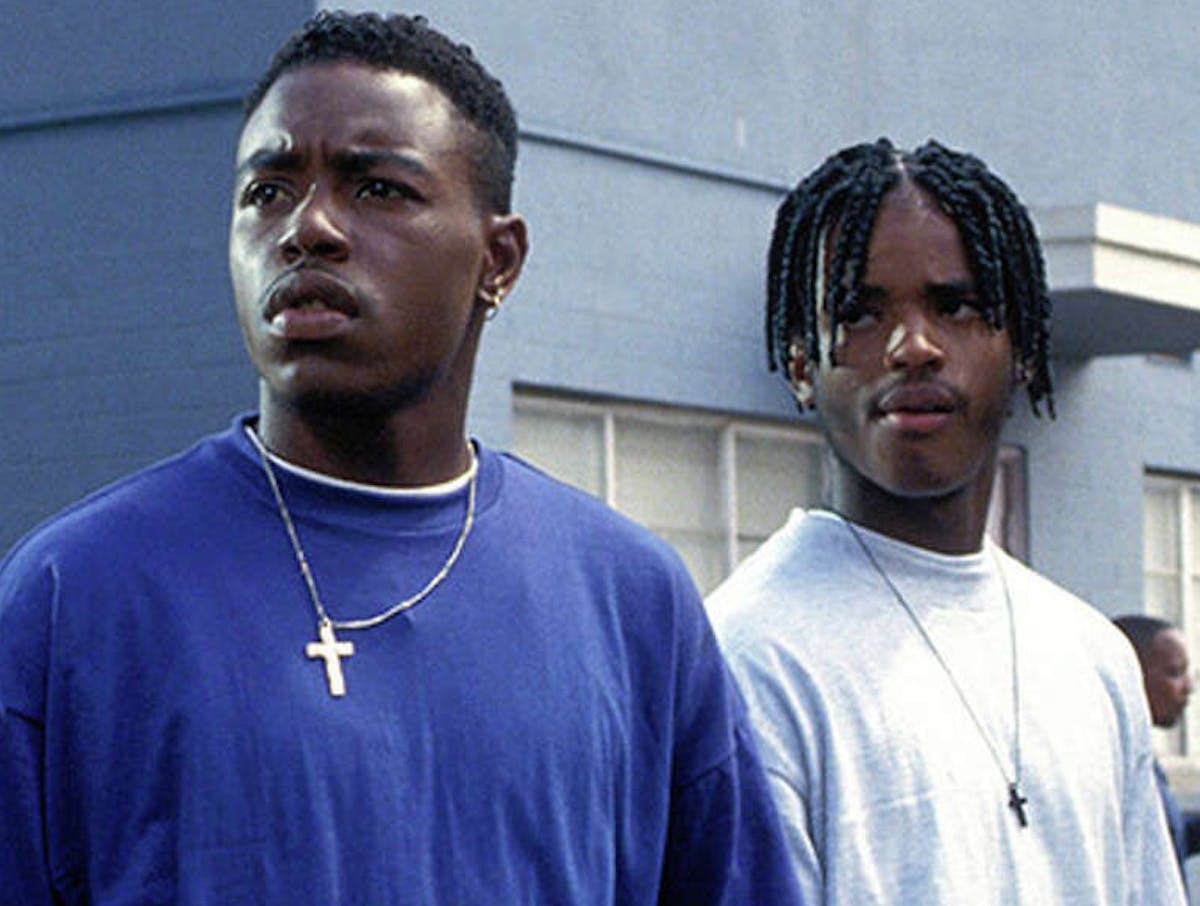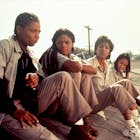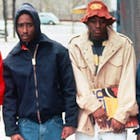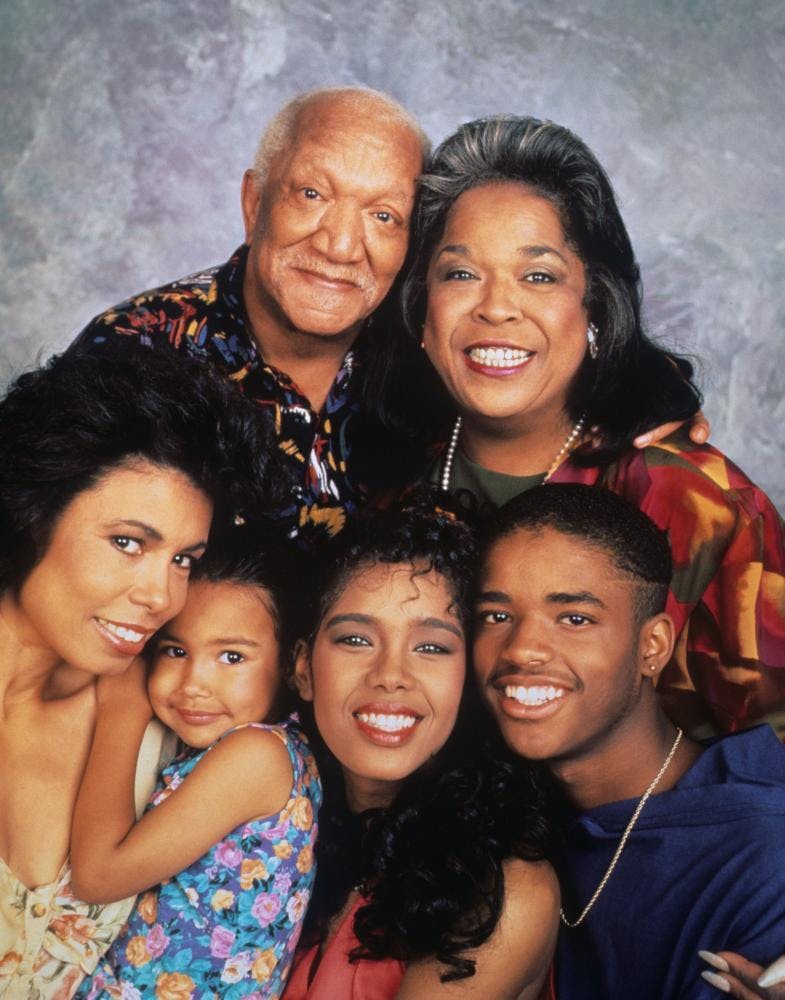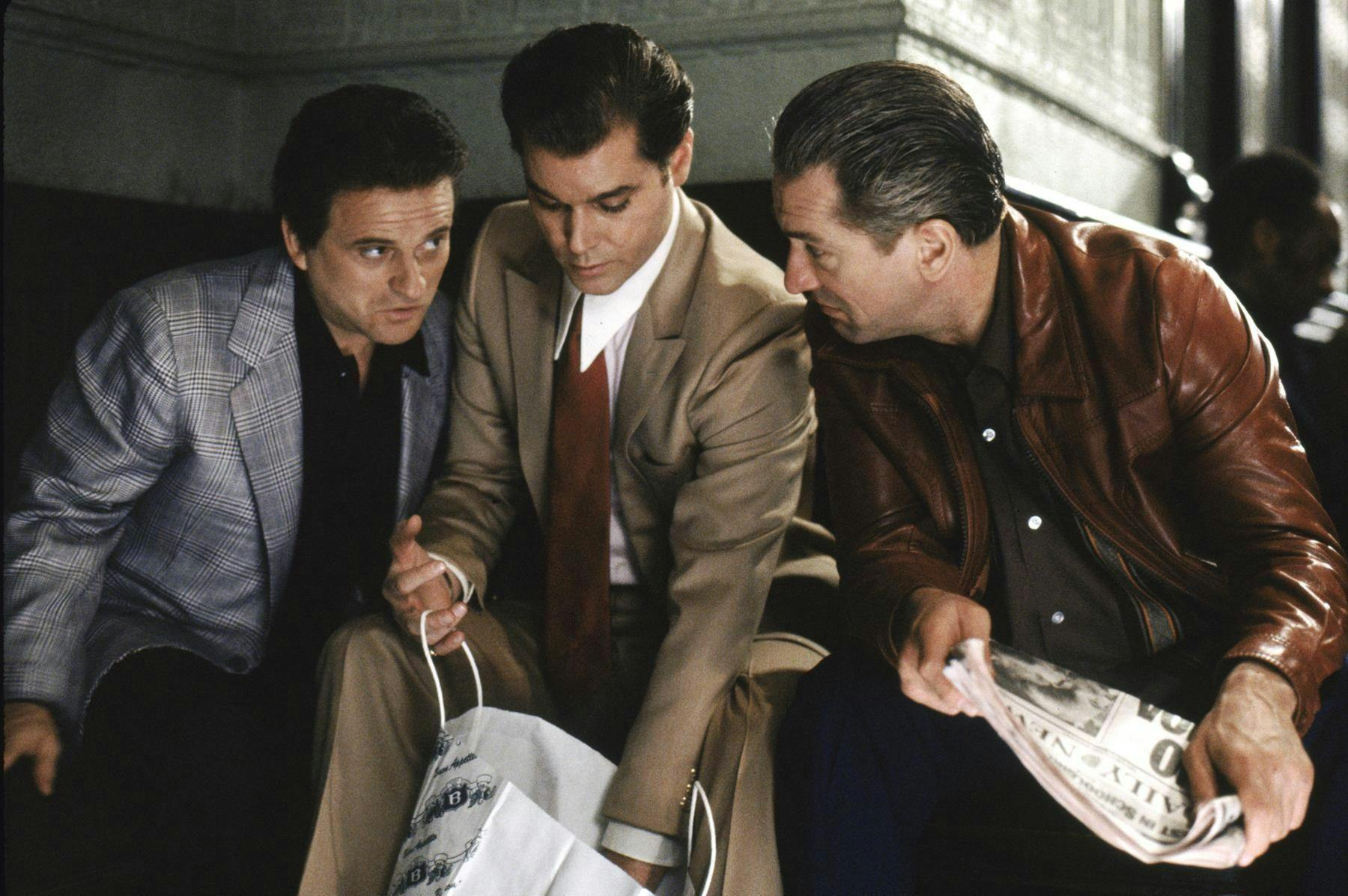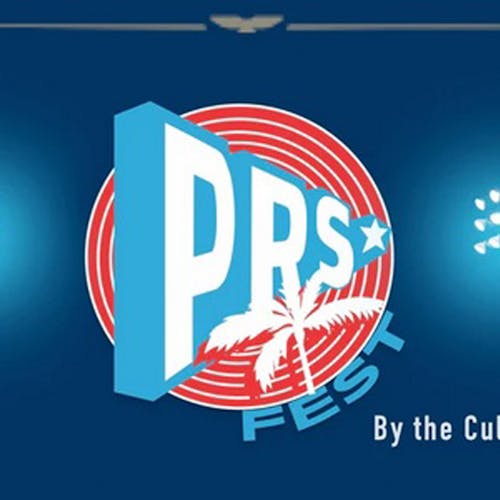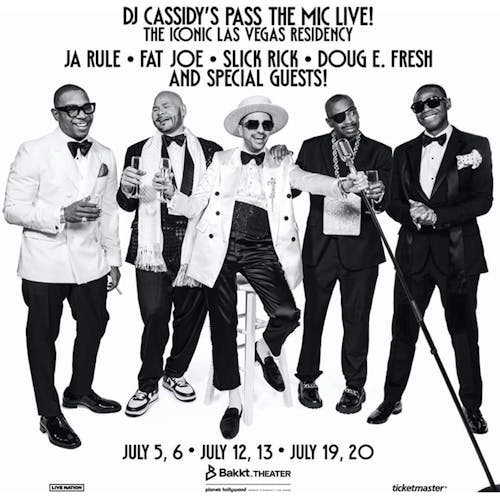'Menace II Society' Is the 'Goodfellas' of Hood Movies
'Menace II Society' Is the 'Goodfellas' of Hood Movies
Published Thu, May 27, 2021 at 11:51 AM EDT
The dark coming-of-age classic "Menace II Society" hit theaters in the late spring/early summer of 1993 like a culture bomb.
But in terms of storytelling and style, "Menace II Society" has always been more like Martin Scorsese's 1990 gangster classic "Goodfellas."
In Larenz Tate's O-Dog, moviegoers got what Caine's narration describes as "America's nightmare: young, Black, and didn't give a fuck."
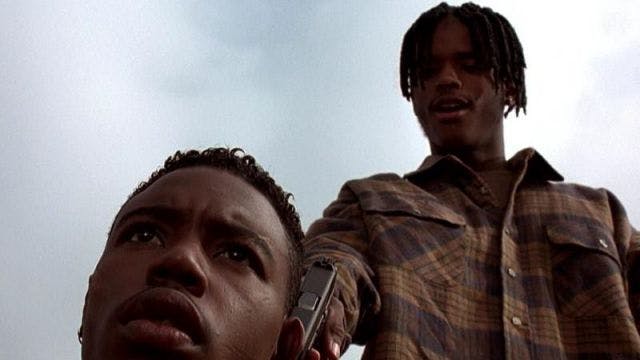

"I did a show with the late Red Foxx and Della Reese, called 'The Royal Family.' So I had this kind of cookie-cutter look and I wanted to get away from that completely,” Tate shared.

The whole pop culture scene was really bubbling, and probably in its heyday, in ‘93. Racial tensions were geeked out that year, too, in Los Angeles."
- Allen Hughes (DAZED, 2013)
It says something about a lifestyle when you're one of the "old guys" before you even hit 30.
White films about white bad guys are supposedly meant to tell us something about the human condition; Black films about Black bad guys are just supposed to tell us something about Black people.

